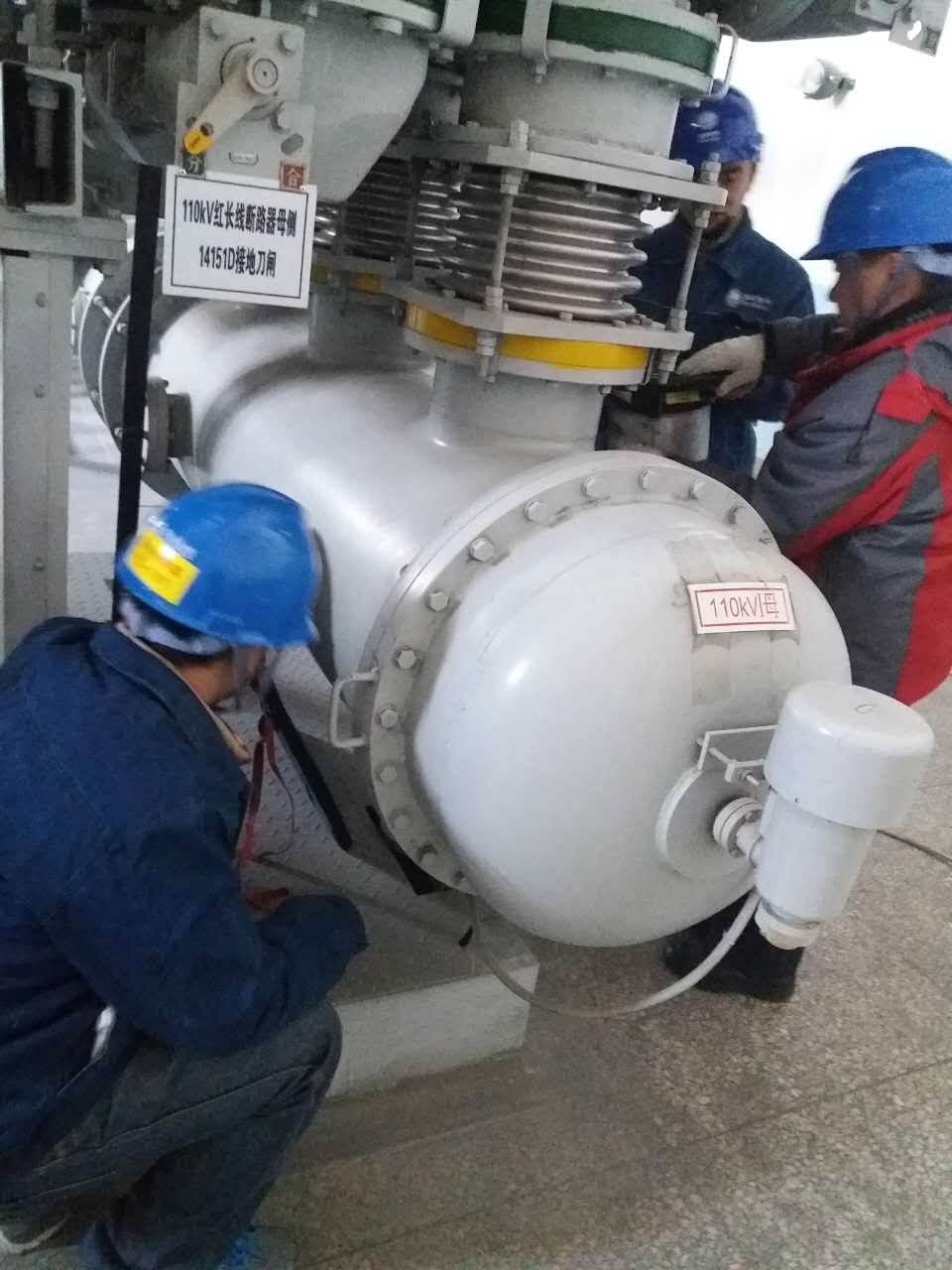Many people do not know or are not realize that a Pneumatic pressure test can be very Dangerous

Pneumatic testing is widely used to achieve minimum down time and economy and convenience of testing as compared to hydrostatic tests. It is also useful to detect very fine leak paths which may not be found in Hydrostatic testing.
Pneumatic pressure testing of piping and vessels at moderate-to-high test pressures or at low test pressures with high volume is more hazardous than hydrostatic pressure testing because the stored energy is much greater with compressed gases. Air, however, (like all gases) is compressible and, as a result, much more energy has to be put into the gas to raise its pressure.
In fact, at the pressure ranges normally used for testing water-piping systems 200 times more energy is stored in compressed gas compared to water at the same pressure and volume.
So, should a joint, pipe, or any other component fail under test pressure when using compressed gas, the energy can be released with deadly force!
Hazards from loss of containment during pneumatic pressure testing include both blast overpressure and missiles. In applications where pressure testing with liquids is undesirable, such as in cryogenic piping systems and vessels, pneumatic pressure testing can only be justified when care in fabrication and in non-destructive examination of vessels and piping reduces the probability of loss of containment to such a small value that risk is acceptable.
-
 Sales@hata-ndt.com
Sales@hata-ndt.com -
 0086-0371-86172891
0086-0371-86172891










